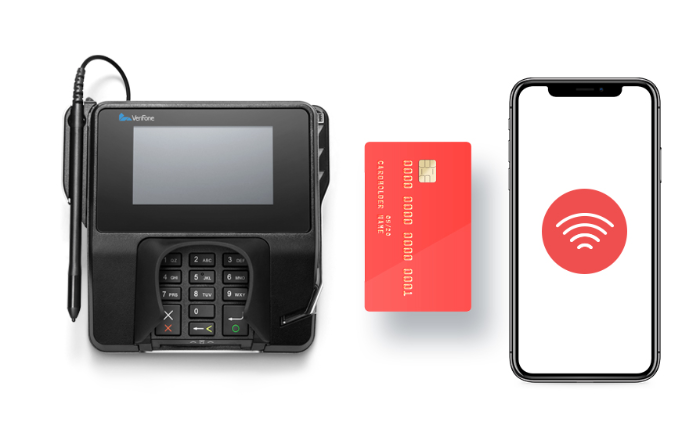

The point-of-sale transaction is finalizedġ.
 Your POS system calculates the total price. Here’s what the typical POS system workflow looks like: How does a POS system work for small businesses?Īt its most basic level, a POS system calculates the sum of the items a customer wants to buy, processes the payment, and modifies your inventory levels to reflect the sale. If you have both an online and brick-and-mortar store, POS software also connects to your ecommerce platform, which enables you to run your entire business from one back-office rather than through two separate systems. POS software also helps you manage store inventory, keep track of sales, collect customers’ contact information and order history, and manage retail staff. After downloading the app onto any tablet or smartphone, that device becomes your POS system. For example, Shopify POS is considered point of sale software. POS software is the operating system you use to manage physical stores and sell in-person. This lets you serve customers and take payments wherever you are without needing a cash register. But today, most POS systems are software-based and can be used on any tablet or smartphone. POS systems used to refer to your cash register. While that sounds pretty straightforward, your POS setup can work in different ways depending whether you sell online, have physical store locations, or both. Your point-of-sale (POS) system is the hardware and software that enables your business to accept payments from customers and make sales in-person. Think of the point of sale as your store’s checkout counter-the place where transactions are completed. POS stands for point of sale, which is the physical place where shoppers pay for their goods in a store. What is the best POS software for retail?. Signs it’s time to switch your POS system. What features should a retail POS system have?.
Your POS system calculates the total price. Here’s what the typical POS system workflow looks like: How does a POS system work for small businesses?Īt its most basic level, a POS system calculates the sum of the items a customer wants to buy, processes the payment, and modifies your inventory levels to reflect the sale. If you have both an online and brick-and-mortar store, POS software also connects to your ecommerce platform, which enables you to run your entire business from one back-office rather than through two separate systems. POS software also helps you manage store inventory, keep track of sales, collect customers’ contact information and order history, and manage retail staff. After downloading the app onto any tablet or smartphone, that device becomes your POS system. For example, Shopify POS is considered point of sale software. POS software is the operating system you use to manage physical stores and sell in-person. This lets you serve customers and take payments wherever you are without needing a cash register. But today, most POS systems are software-based and can be used on any tablet or smartphone. POS systems used to refer to your cash register. While that sounds pretty straightforward, your POS setup can work in different ways depending whether you sell online, have physical store locations, or both. Your point-of-sale (POS) system is the hardware and software that enables your business to accept payments from customers and make sales in-person. Think of the point of sale as your store’s checkout counter-the place where transactions are completed. POS stands for point of sale, which is the physical place where shoppers pay for their goods in a store. What is the best POS software for retail?. Signs it’s time to switch your POS system. What features should a retail POS system have?. 
What are the different types of POS systems?.










